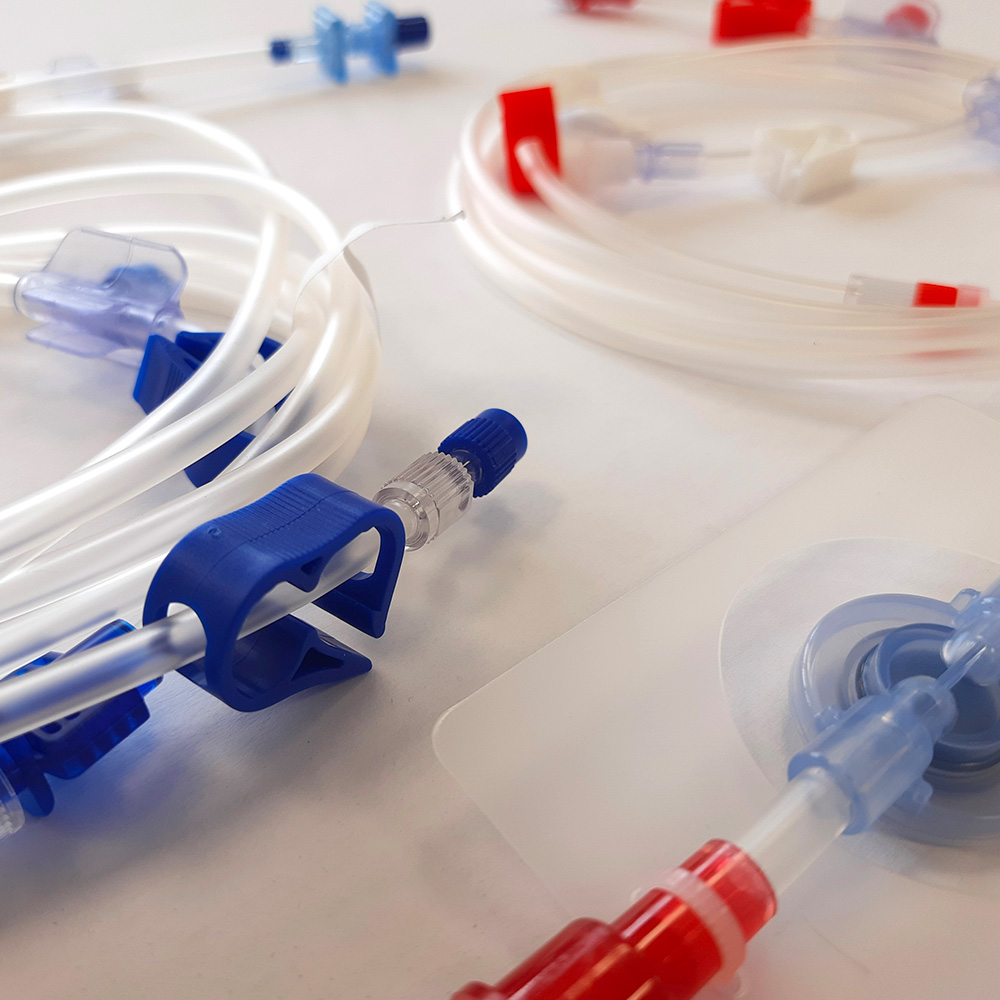In-Depth Analysis of EHDS: Exploring EHR Systems, Wellness Apps, and Medical Devices (Part 4)

# In-Depth Analysis of EHDS: Exploring EHR Systems, Wellness Apps, and Medical Devices (Part 4)
In the rapidly evolving landscape of healthcare, the European Health Data Space (EHDS) initiative is a pivotal step toward creating a unified, patient-centric ecosystem. This initiative aims to foster seamless data exchange, improve patient outcomes, and promote innovation across Europe. In this fourth part of our series, we delve deeper into the integration of **Electronic Health Records (EHR) systems**, **wellness apps**, and **medical devices** within the EHDS framework. We will explore how these components interact, the challenges they face, and the potential benefits for healthcare providers, patients, and researchers.
## 1. Overview of EHDS and Its Goals
The **European Health Data Space (EHDS)** is a regulatory framework proposed by the European Commission to enable the secure exchange of health data across EU member states. Its primary objectives are to:
– Facilitate access to health data for patients and healthcare professionals.
– Promote the use of health data for research, innovation, and policymaking.
– Ensure that health data is shared in a secure, privacy-compliant manner.
The EHDS is designed to break down the silos that currently exist in healthcare systems across Europe, enabling a more integrated and interoperable approach to health data management. By doing so, it aims to improve patient outcomes, reduce healthcare costs, and drive innovation in medical research.
## 2. Electronic Health Records (EHR) Systems in the EHDS Framework
### 2.1. The Role of EHR Systems
**Electronic Health Records (EHRs)** are digital versions of patients’ medical histories, including diagnoses, medications, treatment plans, immunization dates, allergies, radiology images, and laboratory test results. EHR systems are a cornerstone of the EHDS, as they provide a comprehensive, longitudinal view of a patient’s health data.
In the EHDS framework, EHR systems are expected to be interoperable across borders, allowing healthcare professionals in different EU countries to access and share patient data seamlessly. This is particularly important for patients who travel or live in multiple EU member states, as it ensures continuity of care regardless of location.
### 2.2. Interoperability and Standardization
One of the key challenges in integrating EHR systems into the EHDS is achieving **interoperability**. Currently, many EHR systems use proprietary formats and standards, making it difficult to exchange data between different systems and countries. The EHDS aims to address this by promoting the use of common standards, such as **HL7 FHIR (Fast Healthcare Interoperability Resources)** and **SNOMED CT (Systematized Nomenclature of Medicine – Clinical Terms)**.
Standardization is essential for ensuring that data can be accurately interpreted and used by healthcare professionals across different systems. It also facilitates the integration of EHR data with other health data sources, such as wellness apps and medical devices.
### 2.3. Data Privacy and Security
Data privacy and security are critical concerns in the EHDS framework, particularly given the sensitive nature of health data. The EHDS is designed to comply with the **General Data Protection Regulation (GDPR)**, which sets strict rules for the collection, storage, and sharing of personal data. In addition, the EHDS will implement robust security measures to protect health data from unauthorized access, cyberattacks, and data breaches.
Patients will also have greater control over their health data, with the ability to access, manage, and share their data with healthcare providers of their choice. This patient-centric approach is a key feature of the EHDS and is expected to improve patient engagement and empowerment.
## 3. Wellness Apps: Bridging the Gap Between Healthcare and Lifestyle
### 3.1. The Rise of Wellness Apps
In recent years, wellness apps have become increasingly popular as individuals seek to take a more proactive approach to their health and well-being. These apps cover a wide range of functions, including fitness tracking, nutrition monitoring, mental health support, and chronic disease management. Examples include apps like **MyFitnessPal**, **Headspace**, and **Fitbit**.
The integration of wellness apps into the EHDS framework represents a significant opportunity to bridge the gap between traditional healthcare and lifestyle management. By incorporating data from wellness apps into EHR systems, healthcare providers can gain a more holistic view of a patient’s health, including their physical activity, diet, sleep patterns, and mental well-being.
### 3.2. Data Integration and Interoperability
One of the challenges in integrating wellness apps into the EHDS is ensuring that the data they generate is compatible with EHR systems. Many wellness apps use proprietary data formats, which can make it difficult to share data with healthcare providers. To address this, the EHDS will promote the use of open standards and APIs (Application Programming Interfaces) to facilitate data exchange between wellness apps and EHR